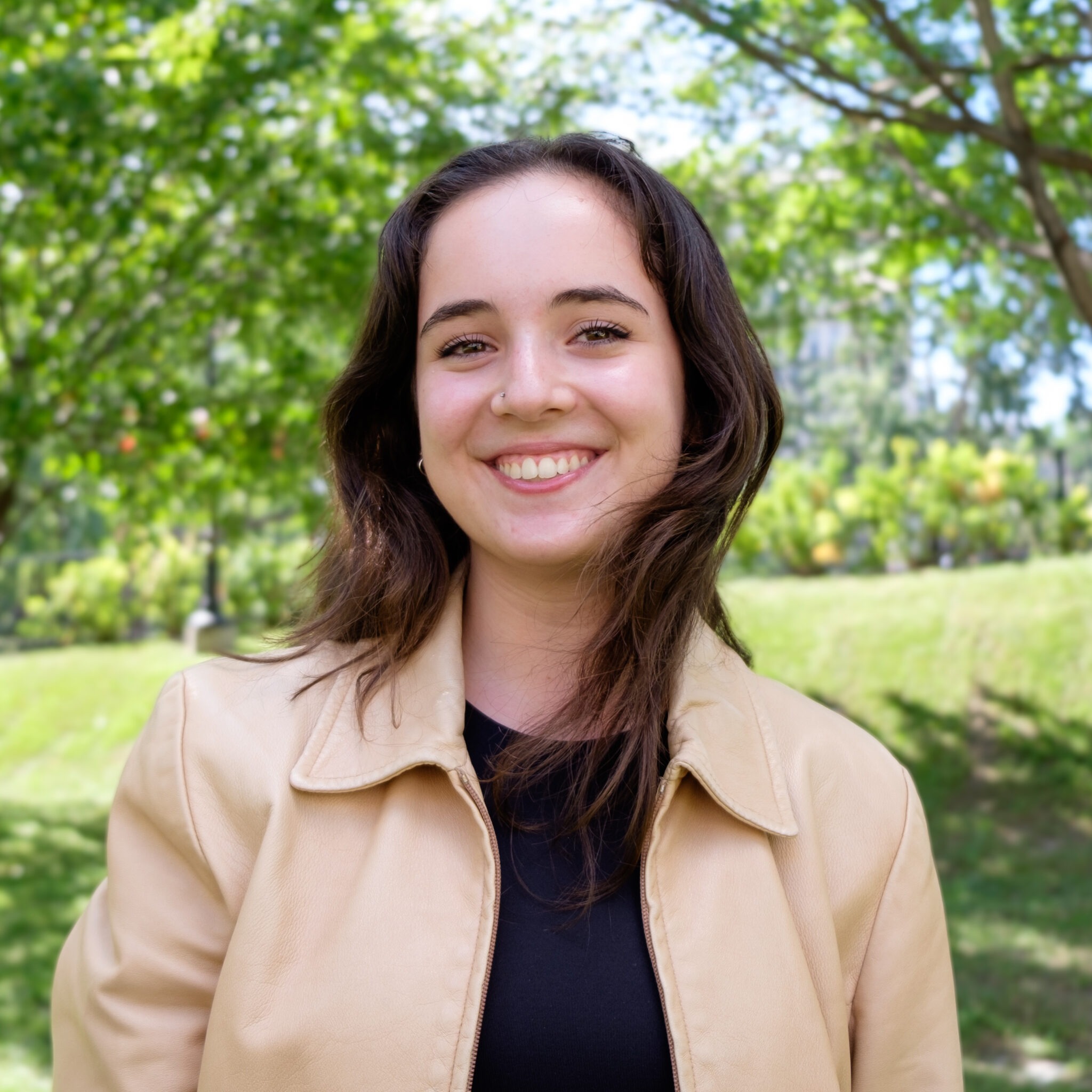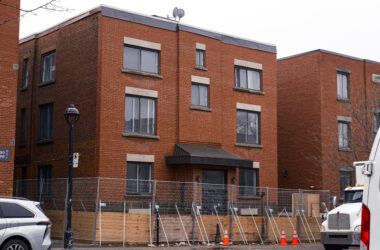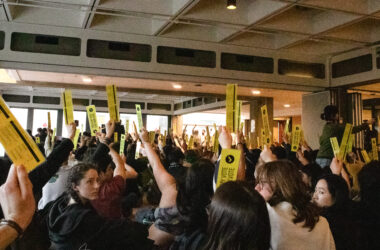The academic year is back in full swing, and Students’ Society executives are for the first time facing oversight of their actions from SSMU Council. Two notable summer projects have come up so far, the Harm Reduction Centre (HRC) and the Flying Squad. Both are still in the larvae stage, and there are many details that remain to be worked out concerning their structures before they can be given full approval. The Harm Reduction Centre deserves a chance to work out its kinks. The Flying Squad does not.
The mandate of the HRC-the brainchild of Vice-President Clubs and Services Floh Herra-Vega-is education about drugs and alcohol and activism on drug policy. The HRC plans to take a realistic approach towards drug use, which is refreshing. It is time that drug education took a page from sex education and went beyond “just say no”.
Preaching abstinence from drug use is all well and good, but it ignores the fact that many people will use-and abuse-drugs and alcohol regardless of how many times they are told that it is bad for them. This is especially true during university, a time when many people experiment with drugs.
This natural tendency to experiment, together with the lack of knowledge that many students have about drugs, means that there is potential for the HRC to do a lot of good by teaching people how to minimize the harm they do to themselves with their drug use. Additionally, the HRC has a reasonably clear mandate. While the granting of “interim service status” is an odd move, the concept has been well thought out and most importantly, the benefits of the HRC to students are clear.
At the opposite end of the spectrum is the Flying Squad, which is an excellent example of how not to start a new student group. This initiative is the summer brainchild of VP External Max Silverman. The Flying Squad’s mission, which admittedly is still being fine-tuned, is to organize students around various causes, which would be chosen by the Flying Squad with no input from SSMU.
The Flying Squad would not be dedicated to any one particular cause. Supposedly, it would allow for quicker and more effective organizing of actions on issues of interest to students. However, the Flying Squad is basically an umbrella organization and it would simply be creating another level of bureaucracy, diminishing its effectiveness.
Currently, if SSMU Council wants to organize student opposition or support for a particular cause, it can pass a motion creating a committee, and give the committee money to carry out its mission. What is unclear is how the Flying Squad will improve on this process. Its budget will still be controlled by Council and its actions will likely need ultimate approval from Council.
How can an umbrella group which has to meet and make its decisions democratically and whose members may not have any interest in particular issues possibly act faster than a focused group made up of people dedicated to a cause?
Effectively, the Flying Squad serves as a duplicate the work of the Grassroots Association for Student Power (GRASPe)-a generalist activist group-except that it lacks GRASPe’s ability to act in an expedient manner. In fact, around half of those who took part in last week’s first meeting of the Flying Squad were members of GRASPe, further adding to the question of why there is a need for the Flying Squad.
In addition, the idea that the Flying Squad could take up any cause it chooses, is troubling. The Flying Squad, as a wing of SSMU, would lend an air of credibility to causes that may be of no interest to the vast majority of the student population. Although SSMU Council would supposedly have a veto over the Flying Squad’s actions, what good would that veto do if the Flying Squad had already taken action?
Silverman should take a page from Herra Vega’s book and re-examine what he is doing with the funds SSMU allocates to him. He must make sure that this money is being put to a use that will provide a substantial benefit to the student body, and this is one test we feel the Flying Squad will not pass.









